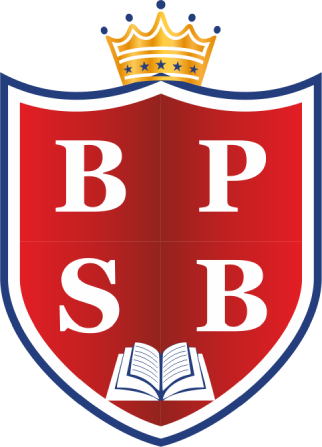Our Approach
Our Curriculum Approach
The learning environment should always be supportive to promote the development of children’s critical thinking that nurtures and promotes their creativity. We consider a hands-on approach and engagement as the cornerstones of approaches to learning. We keep the environment positive to engage children deeply in individual and group activities. Teachers provide congenial conditions and materials that influence how children play and scaffold learning so that more sophisticated levels of interaction and expression are realized between students and teachers.
The learning environment accommodates planned and unplanned activities, as well as structured and unstructured experiences. Unstructured play sometimes takes up a substantial portion of the day. Structured activities include daily routines that provide young children with needed stability and familiarity (e.g., circle time, small and large group time, and lunch), as well as learning activities that integrate lesson content with activities.
Portfolio Assessment
Though teachers are guided by weekly and monthly planners, we do allow a certain amount of flexibility to each child to master the various skills and concepts according to his or her own pace and readiness. We respect each child’s uniqueness. Portfolio file is the systematic and intentional collection of child’s activities and works, together with the teacher’s comments on how the work is. The file will form the basis of portfolio assessment. The file serves as evidence of the child’s movement toward established learning goals. The portfolio shows the active involvement of the student in each of the activities and reflects a student’s progress.
Here is a list of some of the unique pedagogical practices we follow:
- Make an alphabet string, tie it to a kite and fly it. Also, make the students write the vowels on the kite.
- A Student is taught to write his name and count the number of vowels in her/his name.
- Sight words, phonics and rhyming words where ending sounds are similar are taught at JKG level.
- Numbers are taught through activities and no rote-counting.
- Counting is always by picking up some things and counting them.
- Shapes including trapezium are introduced at the kindergarten level.
- Tangrams remain integral part of maths and we start from the kindergarten level.
- Yoga is introduced at the kindergarten level.
- Outdoor activities, outdoor classes and play-based learning start right from the first term onwards.
- We provide a large variety of books and put in great efforts to make the child love books.


